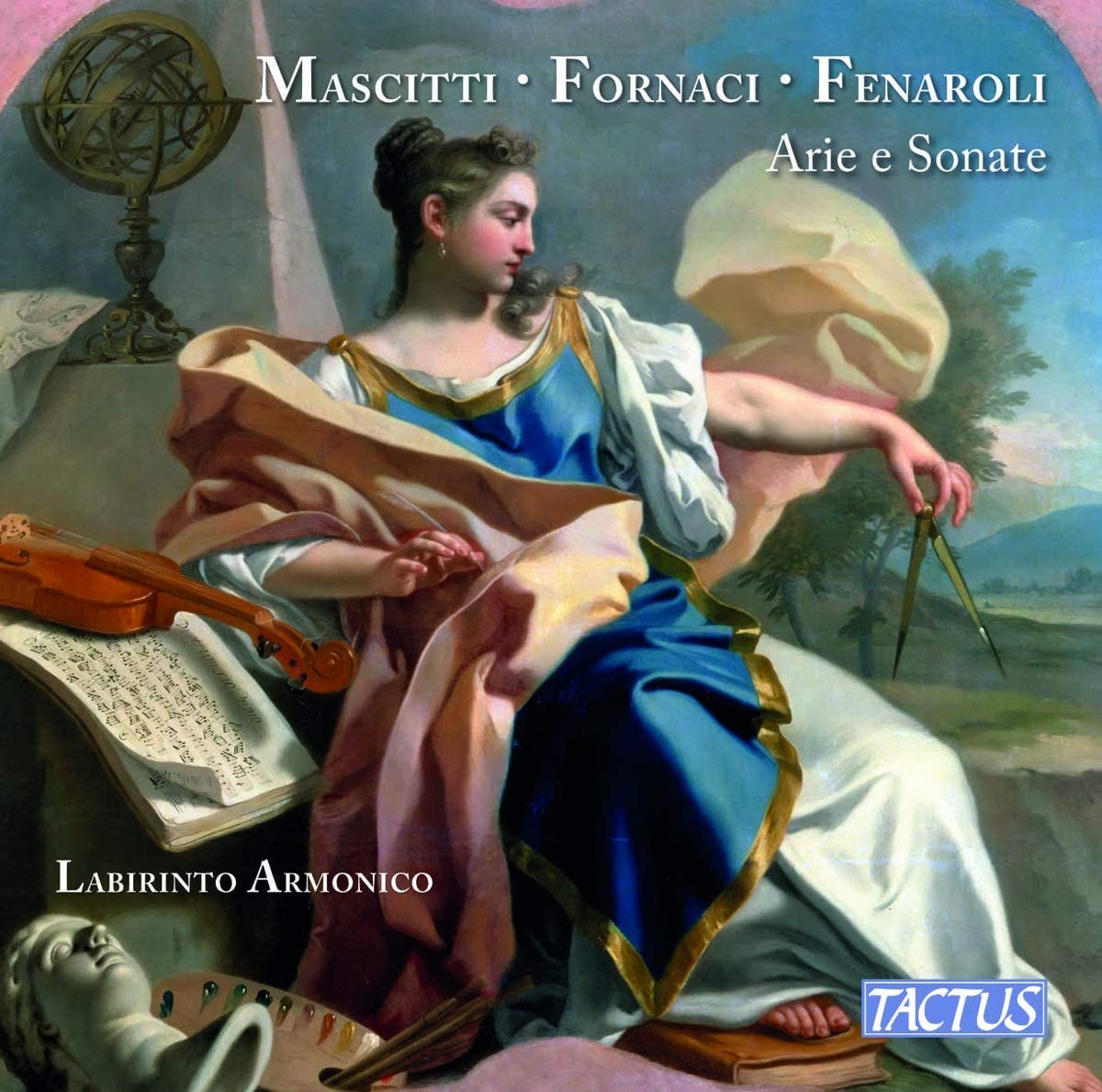Labirinto Armonico
56:06
Tactus TC 660004
Click HERE to buy this on amazon.co.uk
[These sponsored links help the site remain alive and FREE!]
My response to this imaginatively programmed CD is largely dictated by my reaction to the voice of the group’s mezzo-soprano, Elisabetta Pallucchi. We spend about a quarter of the disc in her hands, as she sings the six dramatic arias by Giacomo Fornaci, and sadly I found her constant broad vibrato very much at odds with the music and indeed with the tonal purity of the instrumentalists. This is a pity, particularly as it is clear that she could sing without vibrato if she wanted, but allows it to flourish on any sustained note she sings. Quite why it didn’t strike anybody as odd, that the instruments were using one approach and she another, is puzzling. Fornaci’s Amorosi Respiri Musicali of 1617 sound interesting, but I was unable to enjoy them to the full. The unifying factor in this enterprising programme is geographical – all three composers are natives of Abruzzo (not the ‘Abruzzi’ of the programme note), the region of Italy east of Rome with an Adriatic coast. Born in 1598, Fornaci is the oldest composer represented. Next comes Michele Mascitti (1664-1760), represented by probably the best of the music, the last three of an opus 4 set of 12 Sonate for two violins and continuo, tastefully rendered by the ensemble. Last but not least is Fidele Finaroli (1730-1818), whose six organ sonatas are imaginatively presented by Maurizio Maffezzoli on the Sebastiano Vici organ of 1790 in the Chiesa di S. Lorenzo Martire in Mergo, an instrument illustrated and fully described in the programme booklet. Maffezzoli finds some intriguing registrations to bring this music vividly to life – significantly one stop that he uses features a wide vibrato as if to pre-empt my criticism of the group’s vocalist! Sadly, what suits 19th-century organ music, doesn’t suit early 17th-century vocal music.
D. James Ross
